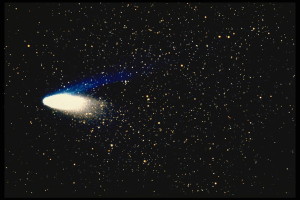 I know it’s old hat to complain that students are becoming more stupid by the hour. But can you blame me when the Cambridge historian John Guy revealed to a Hay Festival audience this week that he keeps meeting prospective students who admit to knowing nothing of Tudor politics outside of Hilary Mantel’s novels.
I know it’s old hat to complain that students are becoming more stupid by the hour. But can you blame me when the Cambridge historian John Guy revealed to a Hay Festival audience this week that he keeps meeting prospective students who admit to knowing nothing of Tudor politics outside of Hilary Mantel’s novels.
I mean, what idiot turns up unprepared for an Oxbridge history interview and expects to be taken seriously? When you’re applying to one of the world’s best universities, do you a) read voraciously to ensure that you outsmart the competition, or b) parade your total ignorance of even the most basic tenets of your chosen discipline?
This shouldn’t need spelling out, but here goes: if you plan on discussing a particular era, then make an effort to know it before the interview. Read the books of at least two different academics and have an opinion on whose arguments you find most persuasive. Continue reading…






